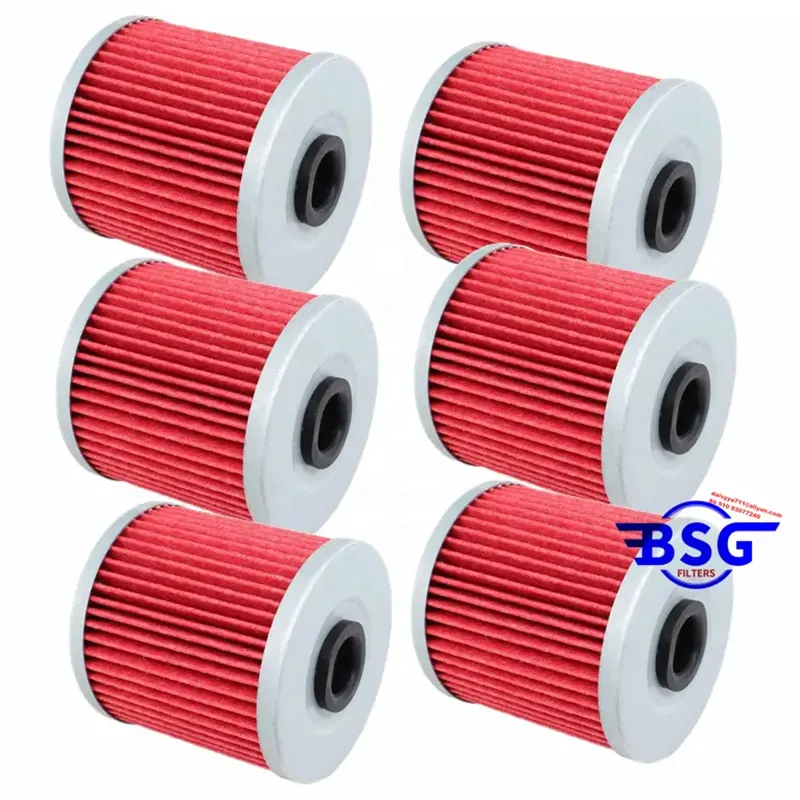Certification Standards for Side Light Materials 6mm and 8mm Thickness
Aug . 23, 2024 18:12 Back to list
Certification Standards for Side Light Materials 6mm and 8mm Thickness
Understanding CE Certification for Side Light Materials 6mm and 8mm Options
In today’s competitive market, product safety and quality assurance have become paramount. One of the key distinctions that set products apart is the CE (Conformité Européenne) certification, especially when it comes to construction materials like side light panels. These transparent or translucent materials, often used in windows, doors, and partitions, come in various thicknesses, with 6mm and 8mm being popular choices.
The CE certification signifies that a product complies with European health, safety, and environmental protection standards. For side light materials, obtaining this certification not only increases marketability but also provides assurance to consumers about the reliability and safety of the product. Manufacturers must adhere to stringent criteria established by European regulations, ensuring that their materials are safe for use in construction.
When examining 6mm and 8mm side light materials, it is important to consider their application and benefits. The choice between these two thickness options often depends on the structural requirements and aesthetic preferences of a project. The 6mm side light material is commonly favored for its lightweight nature and ease of handling. This makes it suitable for residential applications or areas where minimal weight is crucial, such as in lightweight partitions.
ce cetification side light material 06mm 08mm

On the other hand, the 8mm side light material offers enhanced durability and resistance to impact, making it an ideal choice for high-traffic areas or commercial applications. This thicker option provides better insulation properties, contributing to energy efficiency in buildings. The higher thickness can also offer improved sound insulation, making it a popular choice for environments where noise reduction is desired.
The manufacturing process for these side light materials involves several critical steps, including the selection of quality raw materials, rigorous testing for compliance with CE standards, and quality control measures throughout production. Manufacturers must perform tests for physical, thermal, and chemical properties to ensure that their products not only meet the necessary regulations but also perform excellently in real-world applications.
Additionally, it’s vital for consumers and architects to ensure that the side light materials they choose have the appropriate CE marking. This marking acts as a guarantee that the product has undergone the necessary evaluations and meets all required EU directives. When selecting side light materials, professionals should request documentation from manufacturers to verify CE certification and the specific tests the materials have undergone.
In conclusion, whether opting for 6mm or 8mm side light materials, understanding CE certification is crucial for ensuring product safety and compliance. The thickness of the material can significantly affect its application, with 6mm being lightweight and easier to handle, while 8mm provides better durability and insulation. As the demand for reliable building materials continues to grow, having CE-certified options in your selection can enhance project quality and consumer trust. Always prioritize products that comply with these essential safety standards to ensure that your construction projects are built to last while maintaining a commitment to safety and efficiency.
-
Durable Rubber Sealing Strips Custom Solutions for Industry Needs
NewsMay.15,2025
-
LED Neon Light Exporters Flexible, Color-Changing Strip & Rope Lights
NewsMay.15,2025
-
Plastic & Aluminum Channel Groove Belts Durable Edge Solutions
NewsMay.15,2025
-
High-Quality White Transparent PVC Adhesive Strip Durable & Waterproof
NewsMay.14,2025
-
Durable Rubber Sealing Strips Weatherproof & Custom Solutions
NewsMay.14,2025
-
Premium Channel Letter Materials Custom & Durable Solutions
NewsMay.13,2025
